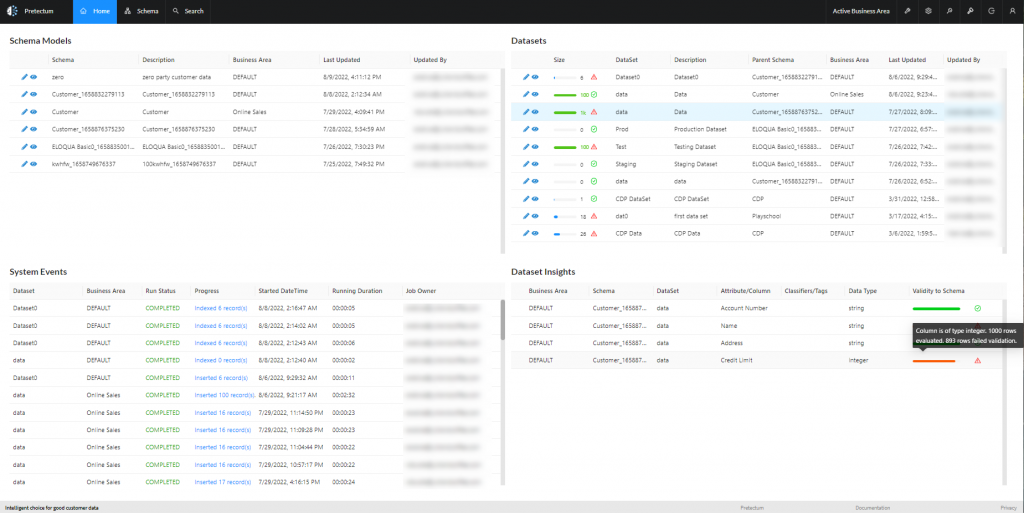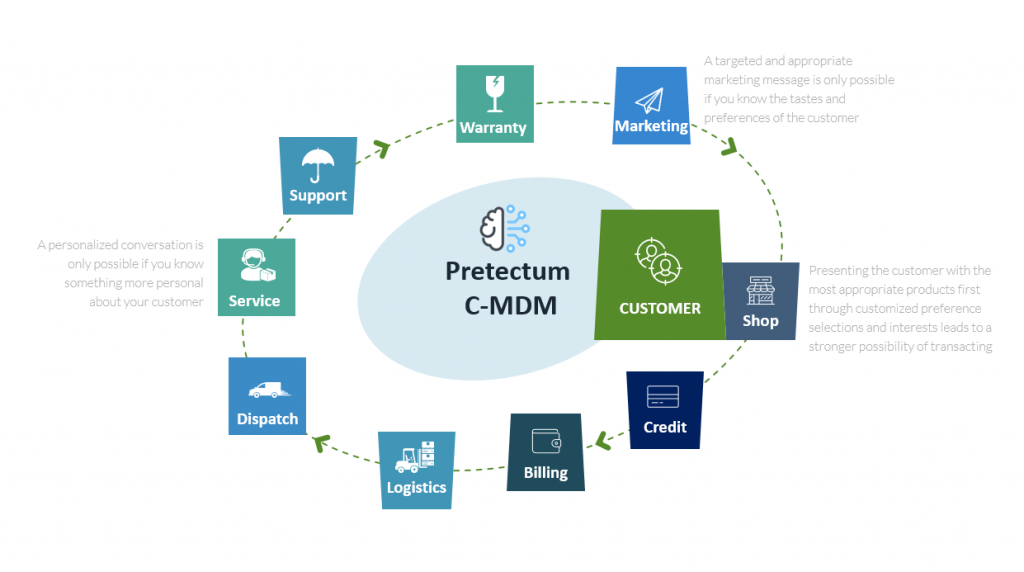If you’re thinking about your first-party data strategy then you are in the right place. The upcoming changes to third-party (3PD) cookie handling accompanied by ever-evolving privacy regulations mean that your organization needs to be privacy-ready!
The debate between your technology provider and your brand about the ethical use of data that is harvested from behaviour on their platforms and currently presented as second-party data (2PD) for you to use, is also under threat as ad platforms like Google and Facebook start talking about no longer making this available.
Marketers need to start thinking about practical strategies and marketing opportunities and first-party (1PD) data likely need to be where you will want to start.
New regulations and new device and platform developments now afford consumers the power to choose who can use their data and which data is available for use. When it comes to collecting data, we’ve definitely entered a more customer-focused era. What’s important now, is making it clear how your customers will actively benefit from sharing their data with your brand.
It is generally acknowledged that user-shared data and burgeoning privacy policies aimed at providing consumer clarity, give consumers control and transparency over their data and its use, in the hands of organizations that they interact with.
First-party data is the information that is collected from your customers and prospects during direct interactions with your business. This could be coming from websites, apps, and even in-store, it can also come over the phone or via paper form transcription.
We’re not talking transactional data here (though that could be a focus), we’re talking about the master data that relates to the identifiable characteristics of the customer.
Every touchpoint your customer has with your business presents itself as an opportunity for you to learn more about them so you can build a stronger relationship and personalize the next experience that the customer has with your brand.
Pretectum feels that’s why it’s important that you consider a CMDM as part of the arsenal of tools that you could use to manage the customer master data, and the consent to manage the customer’s master data.
Some history
It’s worth considering how we landed where we are today. One key milestone in this wresting of the power from faceless and anonymous data providers was the European implementation of the GDPR back in 2018.
In different markets, it has had different implications, but most importantly, if you’re a business doing business in Europe with European customer data, you have to comply or risk penalties.
When combined with the CAN-SPAM Act in relation to unwanted Commercial Electronic Mail – it requires the FCC to issue rules with regard to commercial e-mail and some text messages sent to wireless devices such as cell phones—not email in general; and the Canadian Anti-Spam Legislation (CASL) is targeted at protecting consumers and businesses from the misuse of digital technology, including spam and other electronic threats.
Canadian and US retailers specifically, need to adopt transparency over how they gather and compile customer and prospect data for North Americans.
Alternative ways to think
At face value, all this regulation, the crumbling of the cookie, and the potential disappearance of third and second-party data providers altogether look bad for marketing teams. In fact, it looks bad for all business areas and organizations that depended on these sources to sell, upsell and cross-sell. A full analysis of the yield from spray and pray 2PD and 3PD providers though, might show that the returns of leveraging this data were marginal despite the promises of the data providers.
Where the real treasure lies, is most likely in the data that you already have; and the data that your customers are willingly prepared to give you. Moving to a different model where you make use of first-party and zero-party data (0PD)
Clean and compliant 1PD and 0PD have many benefits for your organization, although it does come with the burden of setting up ways to gather the data and manage it. This is where we think the Pretectum CMDM can be of help.
Some of the benefits include improved customer and prospect targeting. A better understanding of the customer lifetime value (CLV); a stronger understanding of the prospective customer’s intentions and their relative position in the prospecting and opportunity funnel; an overall better tuned and optimizable customer experience with personalization and of course a better understanding of marketing ROI and campaign effectiveness.
Organizations have been trying to forge closer and stronger relationships with customers since the commercialization of the Internet and general availability of CRM, ERP, CDP and POS systems began and these changes to how we collect and leverage audience, prospect, and customer data may be just what the data doctor ordered!.
Moving customer data quality to the front of the line
Before these regulations were introduced, buying 2PD and 3PD was cheap enough and seemingly cost-effective but the downside was the questionable quality of the data.
Bad data would not only result in sales and marketing campaign failure, it potentially also ruined brand reputation with people receiving unwanted messaging and communication.
Implementing a CMDM like Pretectum’s together with your 1PD and 0PD strategy means you always have your pulse on the quality of the data that you gather, and you’re gathering it with a legitimate and approved reason.

Driving towards minimally viable data
Although data storage costs are minuscule these days, even at scale, the reality is that many businesses have more data than they know what to do with and a great deal of data is held that will never be leveraged for any meaningful business purpose.
This data duplication, proliferation and burden are improved with platforms like the Pretectum CMDM as it identifies the duplicative data and drives your business operations towards the consolidation of all the data that you have about customers, into a single reference repository that will drive efficiency and effectiveness.
When you have a data governance component that manages the mastery of the customer data record you can now apply more thoughtfulness to that very data’s collection, evolution and distribution. Your customer master data, with the 0PD approach, reveal to your audiences, what you know and what they have shared and empowers your associates to elevate the depth and quality of the customer-partner conversation.
Maintaining just the right amount of data without duplicates, with completeness, currency and consent, moves your business to a model where you have viable data for engaging with the customer but just the right amount without leaving the customer feeling their privacy has been violated.
Keeping it real
When you have an active approach to 0PD you can start providing customers with provable benefits. you’ve given them that essential control over what they share and what you can do with it. You’re allowing them to adjust their privacy settings as their relationship with your business flexes.
You’re doing customer master data management in an intuitive, transparent and straightforward way with your Prectectum CMDM maintaining the change history in the background as you adjust the preferences via APIs using your mobile apps, websites and in-store or POS applications.
All this drives the promotion of consumer privacy and demonstrates robust customer master data stewardship. Internally, this motivates your own people, assisting them in having the confidence to build longer, more meaningful relationships with customers and your customers with your brand.
Contact us to learn more about how we can help





